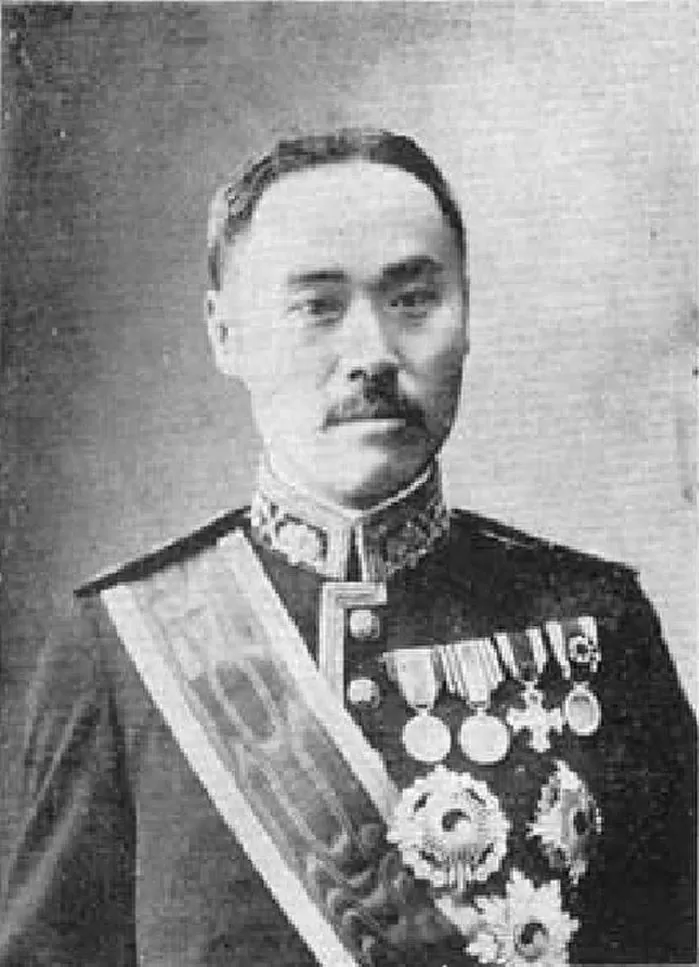The great-grandson of Lee Wan-yong, a key figure behind the Eulsa Treaty and a member of the ‘Eulsa Five Traitors,’ has reportedly emigrated to Canada after reclaiming his great-grandfather's land from the government and selling it for 3 billion KRW.
According to real estate media outlet Ddangjipgo, Lee's great-grandson, Mr. Lee, sold 712 pyeong (approximately 2,360 square meters) of land in Buk Ahyeon-dong, Seodaemun-gu, Seoul, in November 1997, and left Korea after liquidating all his assets.

The land was reclaimed through a restitution lawsuit after the government had confiscated it as pro-Japanese property.
In the first trial, the court stated, “It is unacceptable in a rule-of-law state to seize property rights without a legal basis merely because it is pro-Japanese ground. Since there was no legal basis to seize the land, it must be returned to Mr. Lee.”
The appellate court upheld the original ruling. The Supreme Court also dismissed the defendant's appeal, stating, “There was no misapplication of legal principles or misjudgment of facts in the original ruling.”
Even though the 'Special Act on the National Acquisition of the Property of Japanese Collaborators' was enacted in 2005, it did not apply retroactively to Mr. Lee's case.

Legal Limitations on Reclaiming Pro-Japanese Property and the Disposal of Lee Wan-yong's Descendants' Assets
Mr. Lee is reported to have sold the reclaimed land for about 4 million to 4.5 million KRW per 3.3 square meters (1 pyeong), receiving a total selling price of 3 billion KRW.
The land is now designated as the Buk Ahyeon 2 district, where a redevelopment project is underway. The site is expected to be transformed into an apartment complex comprising 2,320 units across 28 buildings, standing 29 stories above ground and 3 stories below ground.
According to the report from the Committee for the Investigation of Pro-Japanese Property, Lee Wan-yong owned a total of 1,801 parcels of real estate amounting to 22,334,954 square meters (approximately 6,768,168 pyeong) during the Japanese colonial period. This is 5.4 times the size of Yeouido in Seoul.

However, the committee only managed to recover 10,928 square meters of real estate, which is merely 0.05% of the properties that Lee Wan-yong owned. This is due to Lee's liquidation of most of the land before liberation.
Furthermore, some of the reclaimed land returned to the descendants through restitution lawsuits.
Lee Wan-yong was a key figure in the negotiation of the Eulsa Treaty in 1905 and the annexation of Korea to Japan in 1910. He received a count title from the Japanese and was promoted to a marquis for his cooperation in suppressing the March 1st Movement in 1919.
Image source: Lee Wan-yong / Wikimedia Commons, Supporting material for understanding the article / Gettyimagesbank, AI-generated images for illustrative purposes / Bing Image Creator.


